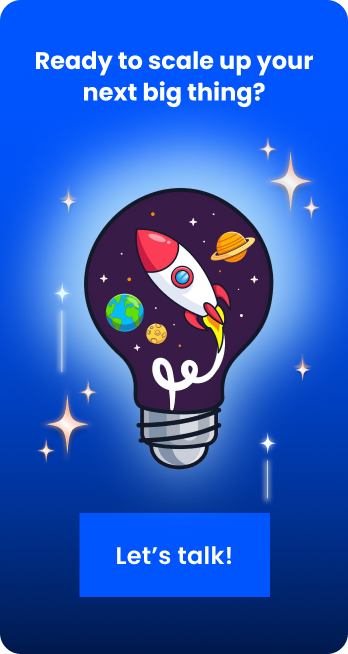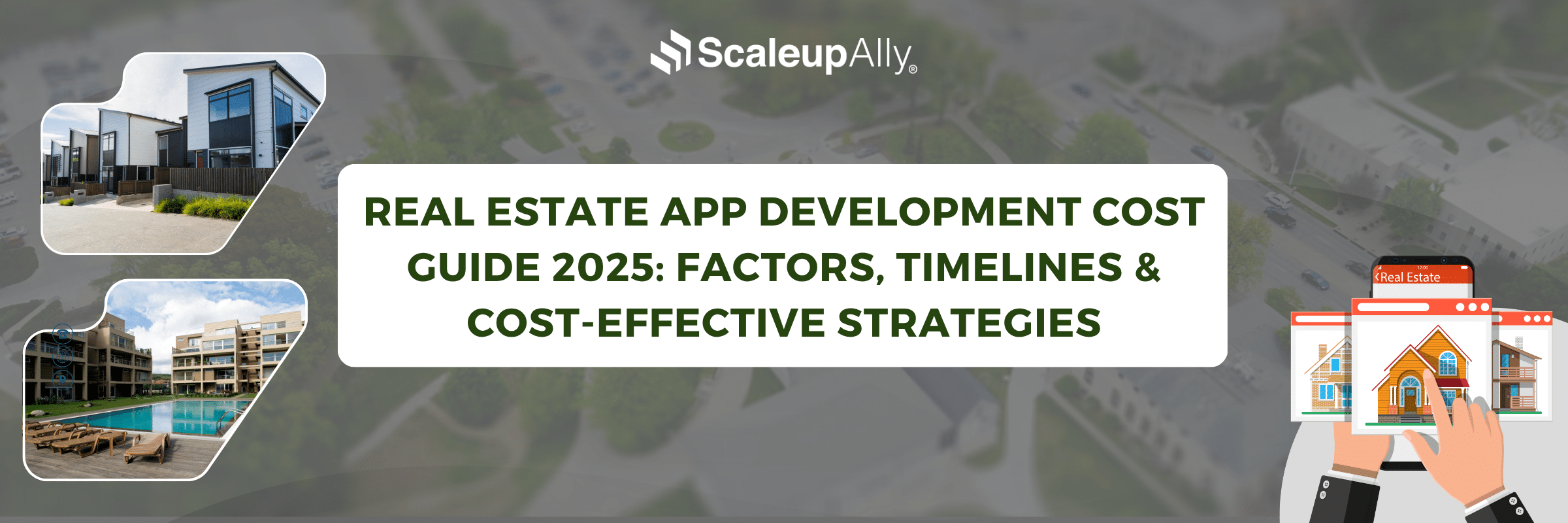
Real Estate App Development Cost Guide 2025: Factors, Timelines & Cost-Effective Strategies
Suprabhat Sen | July 31, 2025 , 10 min read
Table Of Content
If you’re planning to build a real estate app in 2025, one of the most critical factors to consider is development cost. Your budget will determine if you’ll have a basic app or a fully featured one.
The cost to develop a real estate app depends on features, platform choice, and team location. A basic app might cost $30,000, while complex platforms could go for $200,000 or more based on the above-stated reasons.
This guide discusses realistic timelines and cost-effective strategies for a real estate app.
Key Takeaways
- Basic real estate apps start at $30,000, while advanced platforms with AI and virtual tours can reach $300,000+.
- Start with an MVP and launch with core features first (listings, search, contact forms) to cut initial costs, then add advanced features after validating demand.
- React Native or Flutter saves development time and costs compared to building separate iOS and Android apps.
- Use existing APIs for maps and payments, hire local talent for core features, and outsource routine work to reduce expenses.
What is the Cost of Developing a Real Estate App?
If you are looking for something basic to list properties, it might cost $30,000. But if you are building something like Zillow, you may need to budget $200,000 or more.
There’s a huge gap in our stated cost between a basic app and an advanced app. The simple reason is features. Simple apps show listings and contact info. Advanced platforms handle mortgage calculations, virtual tours, and AI-powered recommendations. The more features your app has, the longer it will take to develop, thereby adding cost.
Also, location is a factor when choosing a development team. US developers charge $100-200 per hour, while Indian teams charge $25-40 per hour.
For an overview of different real estate app types and how much it’ll typically cost, the table below shows estimates:
| App Type | Cost Estimate |
|---|---|
| Basic Real Estate App | $30,000 – $50,000 |
| Medium Complexity Real Estate App | $50,000 – $100,000 |
| Advance Real Estate App | $200,000 – $300,000+ |
Key Factors Influencing Real Estate App Development Cost

Real estate app development cost isn’t random. Specific factors drive the price up or down. Below are the main elements that will impact your budget.
1. App Complexity and Features
Basic apps show property listings. However, for advanced apps, they do everything from mortgage calculations to virtual staging. Each feature multiplies development time.
If you want user accounts, that may take an additional two weeks. And if you need push notifications, another week. For AI-powered property recommendations, you will have to plan for months of additional work. Features directly control your final bill.
2. Platform Choice
Building for one platform costs less than building for three. An iOS-only app might cost $20,000. However, using cross-platform frameworks like React Native for the same app for iOS, Android, and web could cost $50,000. But they come with trade-offs in performance and native feel.
3. UI/UX Design Requirements
Custom interfaces cost more. A lot more. Professional design work runs between $5,000-15,000 for basic apps. Cost will go hire for complex apps. Despite the cost involved in designing an app, do not skip this step. Real estate is visual. Poor design will harm conversions.
4. Third-Party Integrations
Most real estate apps need external data like mapping services, payment processors, etc. Each integration adds to the cost. Some APIs are free. Others charge per request. When budgeting, factor in both development time and ongoing API costs.
5. Development Team Location
Geography plays a role too in the real estate app development cost. For example, Silicon Valley developers charge $200+ per hour. Teams in Poland or Ukraine charge $50-80 per hour. However, take note that quality varies by team, not location.
6. Backend Infrastructure and Database
Simple apps use basic databases. For complex platforms, they need robust backends that handle thousands of users and property searches simultaneously. Cloud hosting starts cheap but scales with usage. Plan for growth or face expensive migrations later.
Real Estate App Development Cost-Saving Tips
Here are some strategies that help you cut development costs:
1. Start with an MVP
Don’t set out to build every feature you can think about at a go. Launch with core features to test how it performs in the real market. The major features of a real estate app are property listings, search, and contact forms. Add advanced features after you validate demand. This strategy can cut initial costs by 60-70%. Plus, you’ll learn what users want before investing in expensive features.
2. Choose Cross-Platform Development
React Native or Flutter lets you build for iOS and Android simultaneously. Meaning, you’ll be able to use one codebase for two platforms. This will save you 30-40% compared to native development. The trade-off, however, is that it offers slightly less polished performance. But for most real estate apps, it’s worth it.
3. Use Pre-Built Solutions
Certain solutions already exist–mapping, for example. There’s no need to build payment processing from scratch. Use existing APIs and SDKs.
Google Maps, Stripe, and Twilio handle complex features for pennies. Building these yourself costs months of work and delivers worse results.
4. Outsource Strategically
Hire local talent for core features, but outsource routine work like basic UI components or API integrations. India teams deliver quality work at 50-70% lower rates. Just manage timezone differences carefully.
5. Plan Database Architecture Early
Poor database design creates expensive problems later, like slow searches, crashed servers, etc. Invest in proper architecture upfront. It costs more initially, but saves thousands in optimization and scaling costs.
6. Negotiate Fixed-Price Contracts
Hourly billing creates budget surprises. Fixed-price contracts transfer risk to the development team. So, define scope clearly, and include revision limits. This protects your budget while motivating efficient work.
Real Estate App Development Timeline
Here’s how long each development phase in real estate app development typically takes:
1. Discovery and Planning Phase (2-4 weeks)
This phase sets everything in motion, so don’t skip it. Research your target market and define core features. Next, map user journeys and create technical specifications. This is necessary. When planned right, you’ll prevent expensive changes later. Four weeks of planning can save you months of rework.
2. UI/UX Design Phase (4-8 weeks)
Designers will create wireframes first, then mockups next. When those are done, they finally design interactive prototypes.
Complex real estate apps need more design time because designers would need to design property detail pages, search interfaces, map integrations, etc. All these pages need to be planned carefully. For feature-rich apps, expect design to take 6-8 weeks.
3. Development Phase (12-24 weeks)
This is where a major part of the work is done. Frontend and backend development run concurrently. For basic property listing apps, it takes 12-16 weeks. Advanced platforms with AI recommendations, virtual tours, and complex search need 20-24 weeks. It will take longer to develop if you need custom integrations.
4. Testing and Quality Assurance (2-4 weeks)
Testers check functionality across devices and operating systems to ensure your app is ready for the real estate market. Thorough testing prevents security vulnerabilities and data breaches. Budget extra time for complex features.
5. Deployment and Launch (1-2 weeks)
App store approval takes time. Apple reviews can take 7 days. Android approval is faster, but still requires preparation. Plan for potential rejections also. Apps sometimes need fixes before approval. Factor this into your launch timeline.
6. Post-Launch Support and Iterations (Ongoing)
Launch isn’t the finish line. Users will find bugs and report them. You need to fix these bugs as soon as they come up. Apart from that, you’ll also want new features because market conditions change. Budget 10-20% of the initial development cost for the first year of maintenance. This covers critical updates and minor feature additions.
Total Timeline: 21-42 weeks
Most real estate apps launch within 6-9 months. Complex platforms can take a full year. Plan accordingly and resist the urge to rush.
Why Choose ScaleupAlly To Build a Real Estate App?
ScaleupAlly delivers real estate apps that perform. We’ve built platforms handling millions of property listings. Our team understands the unique challenges of real estate technology — from MLS integration to mortgage calculators.
We handle complex features like virtual tours, map integration, and payment processing seamlessly.
The result? A polished app that converts visitors into leads and helps agents close more deals.
Ready to dominate your market? Contact us now.
Conclusion
To build a real estate app successfully, choose your features carefully, then find a development team that understands real estate technology to build you an MVP.
If you are ready to build your real estate app, contact us today for a free consultation and detailed cost estimate.
Frequently Asked Questions
Q: What is the average cost of developing a real estate app?
Real estate app development costs range from $30,000 to $300,000. Basic apps with property listings start around $30,000. Advanced platforms with AI features, virtual tours, and complex integrations can exceed $300,000.
Q: How long does it take to build a real estate app?
Simple apps take 3-6 months. Feature-rich platforms with custom integrations need 9-12 months.
Q: How to build a real estate app?
Start with market research and feature planning. Choose your platform and hire experienced developers. Integrate essential features like property search, user profiles, and secure payments. Test thoroughly before launch.
Related Blogs
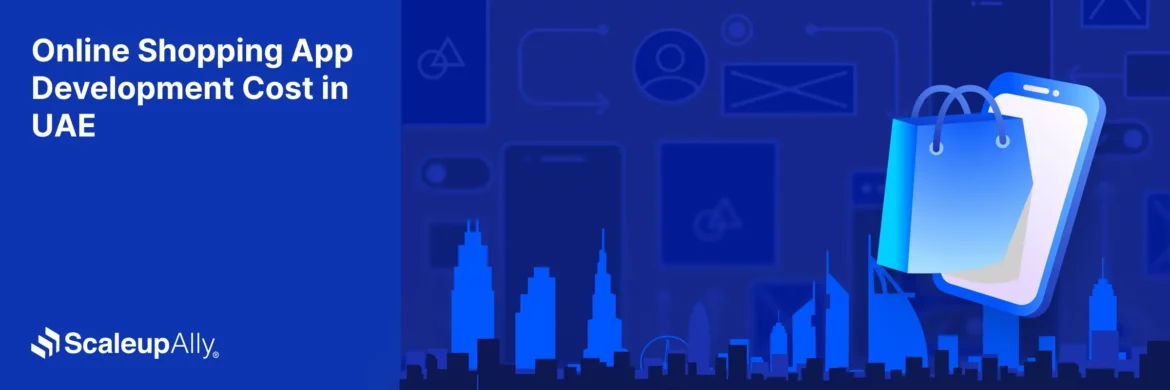
Online Shopping App Development Cost in UAE | Pricing & Factors Explained
Understand UAE online shopping app development costs in 2025 with pricing ranges, influencing factors, hidden fees, timeframes, and expert savings tips.
Suprabhat Sen
Nov 29 ,
13 min read
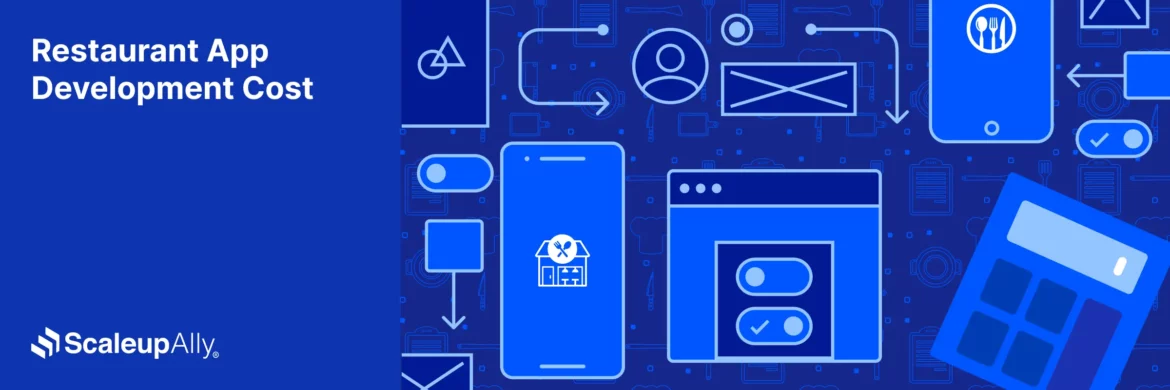
Restaurant App Development Cost [Breakdown, Key Factors & Pricing Explained]
Discover restaurant app development cost. Explore pricing by complexity, feature-wise cost breakdown, and smart ways to reduce expenses.
Suprabhat Sen
Nov 29 ,
11 min read
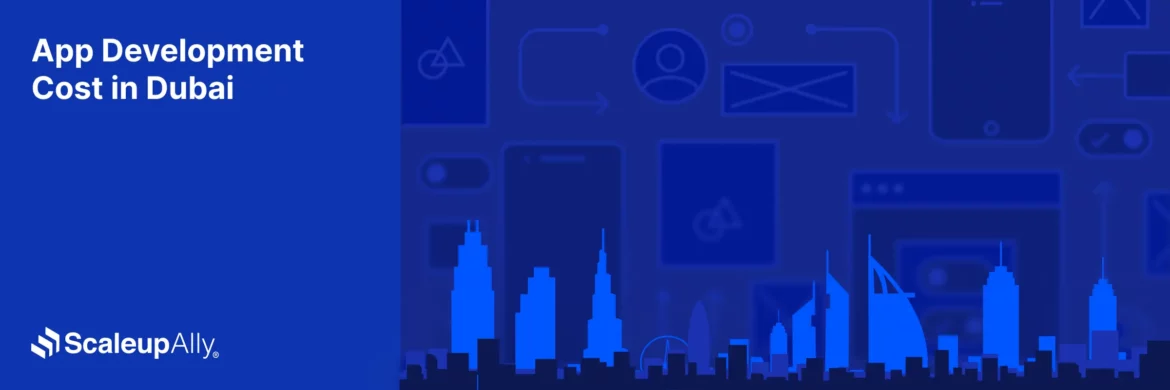
App Development Cost in Dubai: Detailed Pricing Breakdown & Cost Factors
Discover app development cost in Dubai — staged price breakdown by app type, key cost drivers, hidden fees, and tips to lower your project spend.
Suprabhat Sen
Nov 29 ,
12 min read

